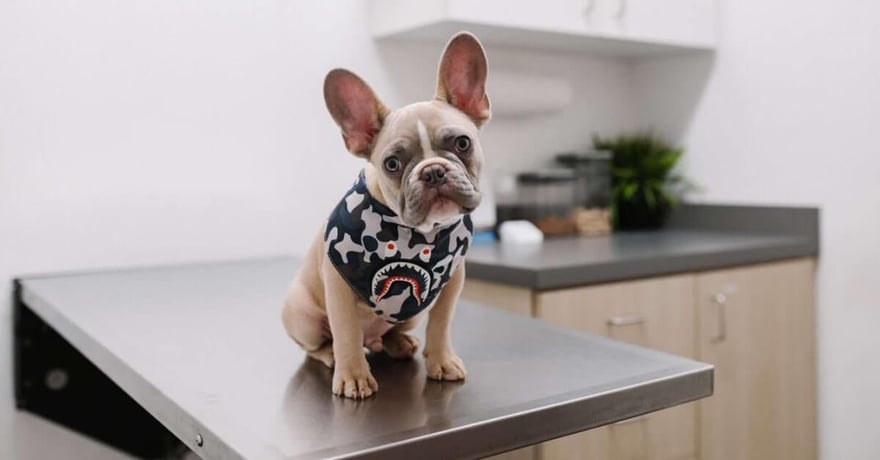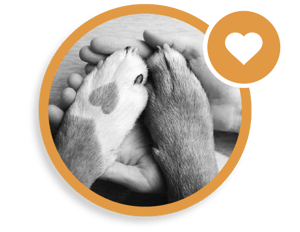Common Cancer Symptoms to Look Out For In Your Pet

Cancer is a scary word, something that we might be more inclined to avoid talking about but during Pet Cancer Awareness Month, we want to make sure you know what the symptoms of pet cancer might look like. Just like in people, the earlier cancer can be detected, the better the prognosis of treatment for your beloved pets.
Many pets have been diagnosed with cancer and received successful treatment that has put them in remission to live healthy, happy lives. If you know the early signs to look for and educate yourself this Pet Cancer Awareness Month then you are giving your pets the best chance possible.
Here are some of the most common early symptoms of pet cancer:
Lumps, bumps, and abnormal swellings
You probably touch your pets every day at least once but are you really feeling them? Ideally, you should be able to run your hands across every area of your pet’s body.
A new bump on your pet’s body could be a cyst or even just a scrape that has a minor infection but it’s best to get it checked by a vet. Cancerous lumps will continue to spread through the body and become more obvious but the faster you catch them, the better the prognosis.
Loss of appetite or weight loss
Some dogs have a change in appetite and can lose weight rapidly when they have cancer. Weight loss or a refusal to eat is usually more likely linked to dental or gastric issues but if your pet doesn’t have any obvious issue then it could be a symptom of cancer.
Cancer affects your pet’s metabolism which is why their weight can change dramatically in a short space of time.
Breathing issues or coughing
Pets aren’t able to catch common colds from us. A persistent cough or difficulty breathing that goes on longer than a few days can often be quite worrying. Respiratory issues are a common symptom of lung cancer in our pets, it can be a sign of them developing growths in their respiratory system.
Wounds and scrapes not healing
Cancer causes your pet’s immune system to become compromised so if you spot any injuries that would have usually healed within a few days still causing issues, it could be a symptom. Check their paws or harder-to-see areas regularly to make sure you pick these up as quickly as possible to keep an eye on them.
Changes in bathroom behaviors
Growths on or near the bladder can cause increased urinating so if you notice your pet is going to the litter tray or needing bathroom breaks, be sure to get medical advice. It could be a bladder infection and just need a course of antibiotics but it could also be more serious.
Lethargy or pain
Low energy levels may indicate that something else might be draining all of your pet’s energy. When their body is trying to fight off cancer they won’t have much of a lust for life.
Similarly, cancer can be painful, especially some of the more intrusive ones like bone cancer. You might notice that your pet has difficulty getting up from lying down or may develop a limp.
What to do if you spot any symptoms of pet cancer
A vet should always be your first go-to when your pet is unwell. They can help differentiate a mild ailment from a more serious symptom. Treatment plans look different for the different types of cancers and how quickly you were able to spot it. Like people, pets can undergo chemotherapy and radiation treatments to fight cancer as well as remove any growths to slow the progress.
With fast veterinary intervention, many pets can look at a prolonged life by either slowing the progression of the cancer or removing it entirely.
Covering the cost of cancer treatment for your pet
Cancer treatments can be costly, running into the thousands. With pet cancer scans, medication, surgery, and possible cancer therapy options, it can all add up. Pet insurance with a PHI Direct plan helps Canadian pet owners address the larger financial hits involved in diagnosing and treating unexpected illnesses and accidents like pet cancer.
Posted on May 13, 2022 | Categories: Cats Health Pet Insurance DOGS
Share


